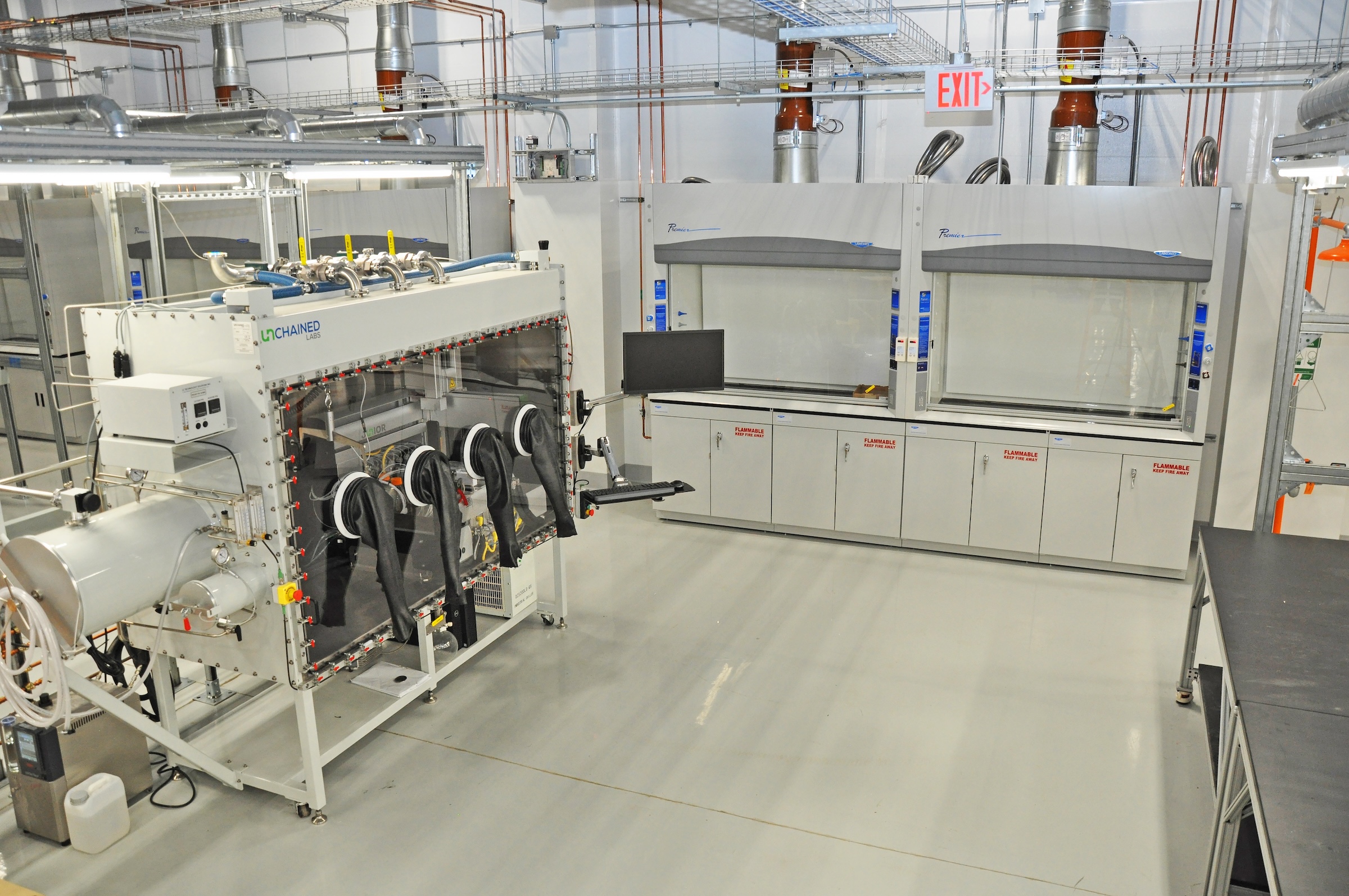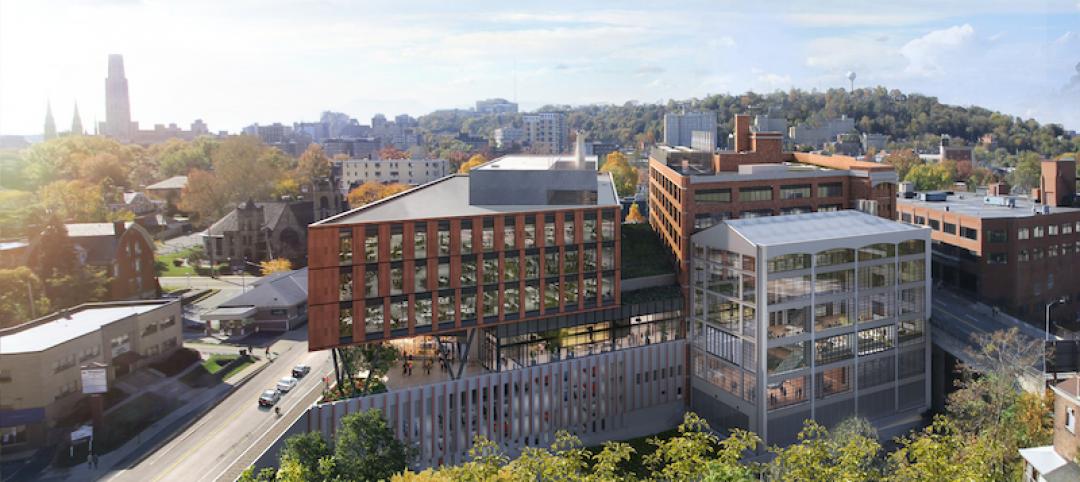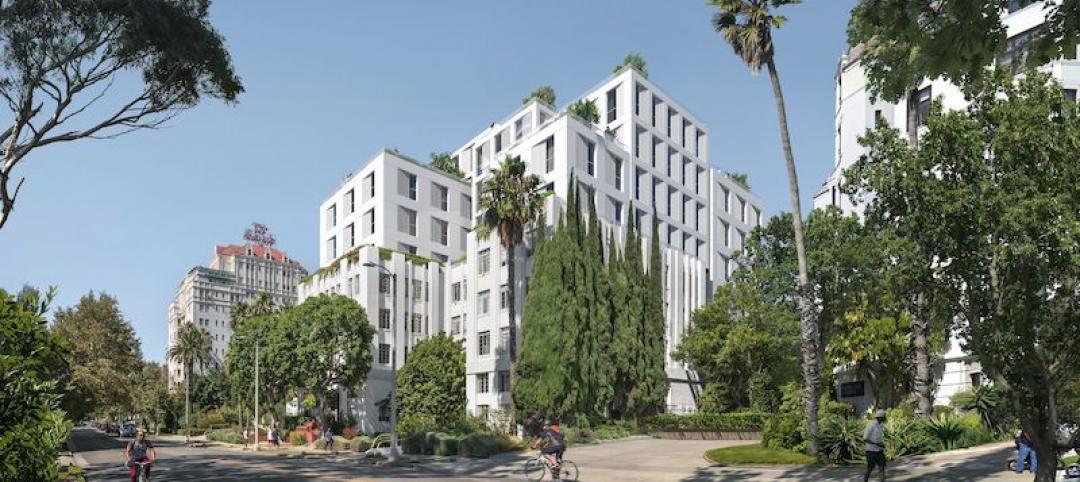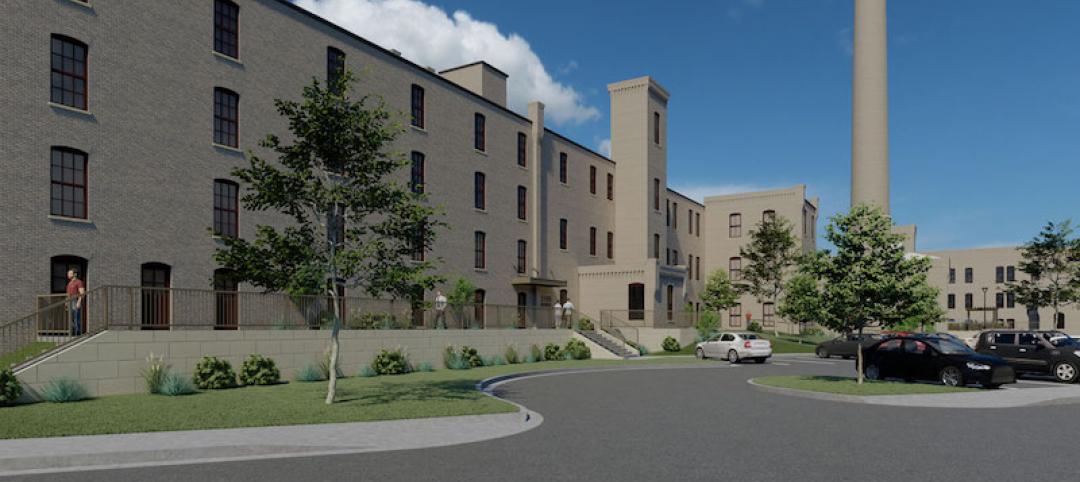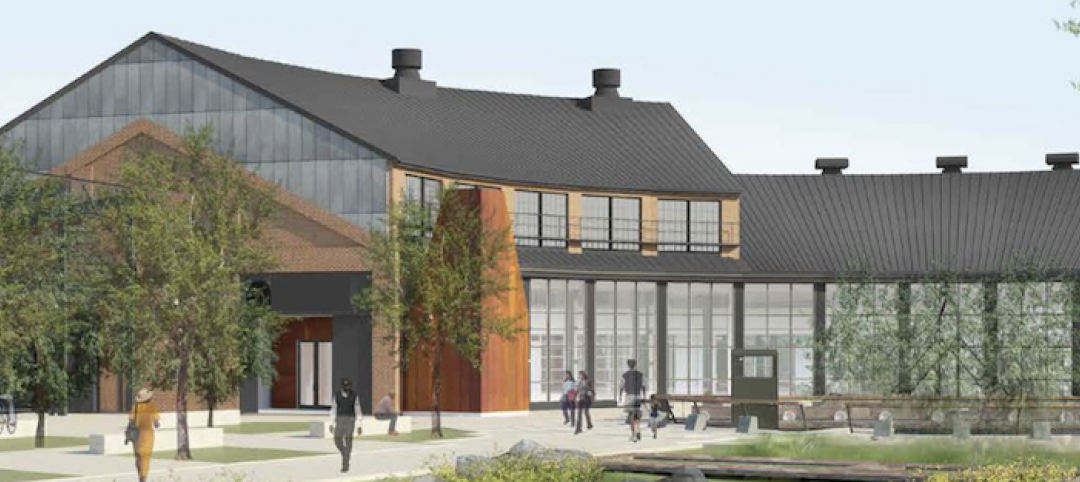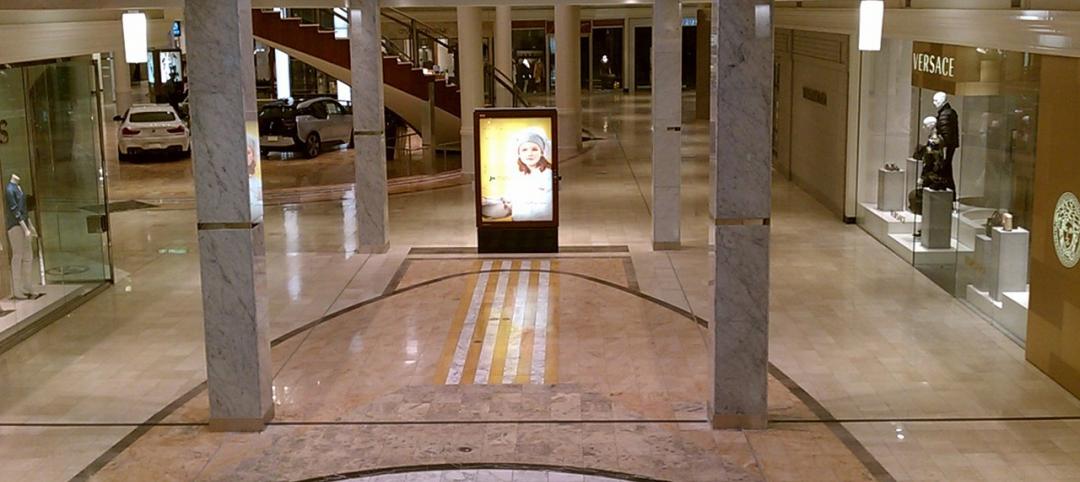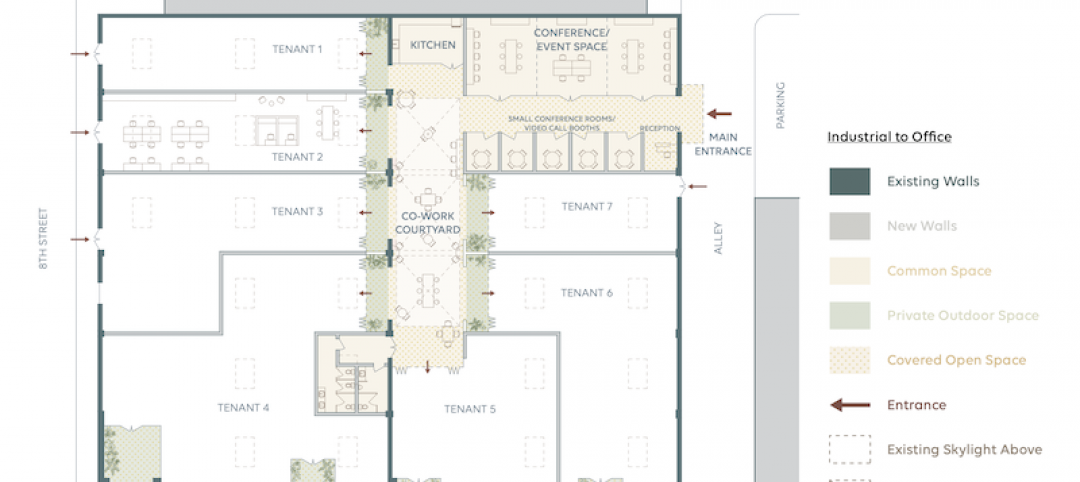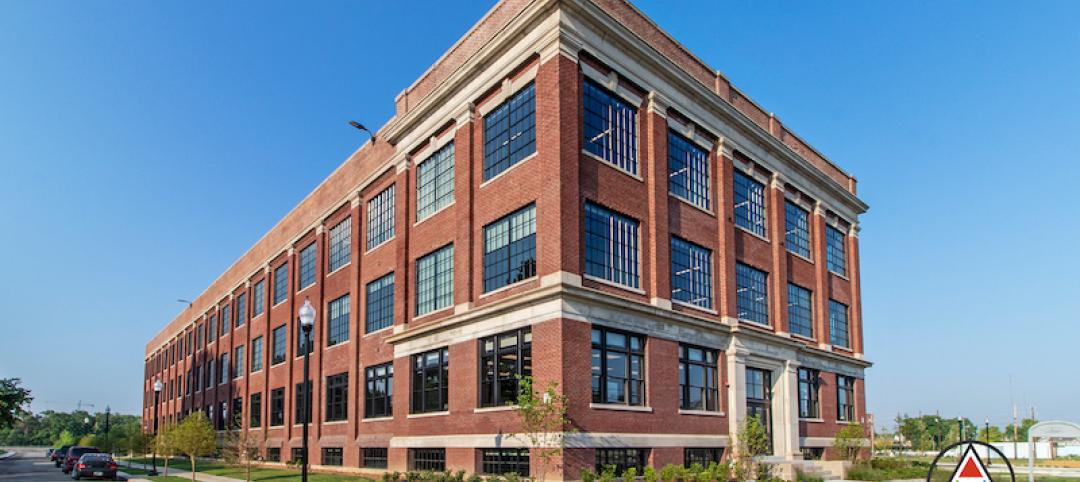Much has been made lately about converting vacant office space to laboratory use. However, with growing inventory in warehouse space as the distribution center market flattens, adaptive reuse of available warehouse space for life sciences applications is a concept that is coming to the fore. While it is not a simple conversion, it is easier than office space. This reallocation commands higher rent which is compelling for owners or developers who are facing current and future vacancies. This conversion can also be applied to laboratory cold storage, cGMP storage, or cGMP production.
What makes warehouse space ideal for conversion to laboratory use?
Warehouse space is essentially a large empty shell with open space and high ceilings which, ideally, is placed along major routes and supply chain corridors. These factors make it ideal for lab conversions. For office to lab, you may encounter slab-to-slab height restrictions that squeeze the ability to fit in the actual lab space requirements. Plus, the infrastructure, like ventilation, plumbing and power that is essential to a functioning life science application could be restricted.
Warehouse layouts provide space flexibility that can be used for multiple purposes, such as lab space for research, areas for product development or production, warehouse space for storage and on-site testing facilities all under one massive roof. Any one of which could be the entirety of the facility.
While it may be ideal on paper to initiate a conversion, there are important considerations that a developer should understand from the onset of a potential project which can drive up costs and could derail the project.
1. Roof structure considerations
A warehouse roofing structure does not typically allow for the use of heavy equipment that is standard in a laboratory environment, such as cooling towers or custom air handling units. Structural retrofitting is required to increase weight bearing capacities. This could involve creating a whole new structural system or, at a minimum, dropping new columns to support and distribute the weight.
In some circumstances, a standalone structural system or an interstitial space can be built within the framework of the existing warehouse which is independent of the original “shell” of the structure. This reduces the overall area that needs to be supported and gives the flexibility of a two-level system layout with mechanical and/or electrical equipment on the upper level and storage on the lower level.
Another alternative would be to run new columns all the way up through the roof and adding more steel to the structure to support the equipment above the roofline. Development of structural options must be considered for the actual use case scenario for optimal infrastructure design.
2. Air change rates
Laboratories require strict air change rates that are set by the American Society of Heating, Refrigerating and Air Conditioning Engineers (ASHRAE), with additional requirements that may be dictated by the National Institute of Health (NIH) and the Center for Disease Control (CDC). (1) Basic lab ventilation requires 6 to 12 air changes per hour and can climb upwards of 20 air changes per hour for cGMP spaces. So, creating a 10-foot lab room versus leaving the original 23-foot warehouse height would allow for lower Cubic Feet per Minute (CFM) rates and would not create air volume inefficiency.
One way this can be achieved is by creating a ceiling lid to the new lab space. In this scenario, the ceiling is located at a certain lower elevation and sealed. Then a plenum is added above the ceiling within the space up to the deck. This will give you the required air change rates and pressurization within a more compact space which utilizes less resources, energy and money.
Additionally, plug and play modular systems—pre-built labs that include HVAC systems—can be placed directly within the warehouse structure. These “pods” are connected to a remote condensing unit on the roof with refrigerant lines to quickly create a fully contained lab. New design options are being developed all the time and will only increase the effectiveness of using older warehouse spaces for this repurpose.
3. Plumbing, gas, and power
Water, gas, and power requirements could be exponentially higher in a laboratory environment. Standard lab infrastructure will require special sinks, washing/sanitizing facilities, and waste neutralization. Not to mention the water use of the actual equipment. All of this increases the wastewater management at the location and may require a larger water line for the facility.
Gas pipelines into the warehouse may not be adequate to run HVAC operations and will need to expand to meet new capacity requirements. Electrical service may need to be replaced due to its age, reliability and lack of sufficient capacity. The facility may also require emergency power that is not currently available. All these new services will require space and capital costs to upgrade, replace or install.
In converting existing warehouses to lab type spaces, some owners have chosen to provide for future flexibility by providing scalable infrastructure now. This prepares for additional capacities in case of a future retrofit that requires greater volumes later.
Do your due diligence
Exploration of this kind of facility conversion, and new market pursuits, requires due diligence to understand the factors that could impact whether your facility is suited for the laboratory market. We recommend starting with a facilities assessment study of your warehouse to have a full understanding of your actual structure, condition and capacity of existing equipment, and the anticipated new loads for electric, water, gas and fire protection. Based upon the assessment, a review of current local permit processes and zoning restrictions would also be recommended to see if there could be anticipated permitting delays for the conversion. From there, a developer/owner can truly determine if increased rental income and tenant occupancy outweighs the conversion costs to a life sciences piece of real estate.
1. Laboratory News – “Converting offices to laboratory space – understanding the needs of the LSCG sector” – Steven Anderson, Jonathan Andrew - 6/2021
Related Stories
Hotel Facilities | Jun 18, 2021
Adaptive reuse for hospitality, with Frank Cretella of Landmark Developers
In an exclusive interview for HorizonTV, Landmark Developers' President Frank Cretella talks about the firm's adaptive reuse projects for the hospitality sector. Cretella outlines his company's keys to success in hospitality development, including finding unique properties and creating memorable spaces.
Adaptive Reuse | Jun 2, 2021
An old Ford factory in Pittsburgh is being adapted to become a biomedical research facility
This is the latest step in the city’s post-industrial resurgence.
Adaptive Reuse | Apr 15, 2021
The Weekly Show, Apr 15, 2021: The ins and outs of adaptive reuse, and sensors for real-time construction monitoring
This week on The Weekly show, BD+C editors speak with AEC industry leaders from PBDW Architects and Wohlsen Construction about what makes adaptive reuse projects successful, and sensors for real-time monitoring of concrete construction.
Adaptive Reuse | Feb 24, 2021
Adaptive reuse project brings co-living space to Los Angeles’s Hancock Park
Lorcan O’Herlihy Architects is designing the project.
Adaptive Reuse | Feb 14, 2021
Three adaptive reuse projects will add housing in Wisconsin
Historic tax credits helped pave the way, but preservation required creative solutions.
Multifamily Housing | Jan 20, 2021
Abandoned Miami hospital gets third life as waterfront condo development
The 1920s King Cole Hotel becomes the Ritz-Carlton Residences Miami in the largest residential adaptive reuse project in South Florida.
Adaptive Reuse | Dec 17, 2020
A train engine repair building is turned into an innovation center that’s part of a massive riverfront redevelopment in Pittsburgh
The adaptive reuse of the Roundhouse is the latest step forward for Hazelwood Green.
Adaptive Reuse | Oct 26, 2020
Mall property redevelopments could result in dramatic property value drops
Retail conversions to fulfillment centers, apartments, schools, or medical offices could cut values 60% to 90%.
Adaptive Reuse | Oct 22, 2020
A Los Angeles design firm reimagines urban workplaces, multifamily buildings, and warehouses
Omgivning conjures varieties of adaptive-reuse concepts.
Adaptive Reuse | Jul 29, 2020
Two Indianapolis schools find new digs in a long-dormant factory
Adaptive reuse preserved many of the building’s original features.


